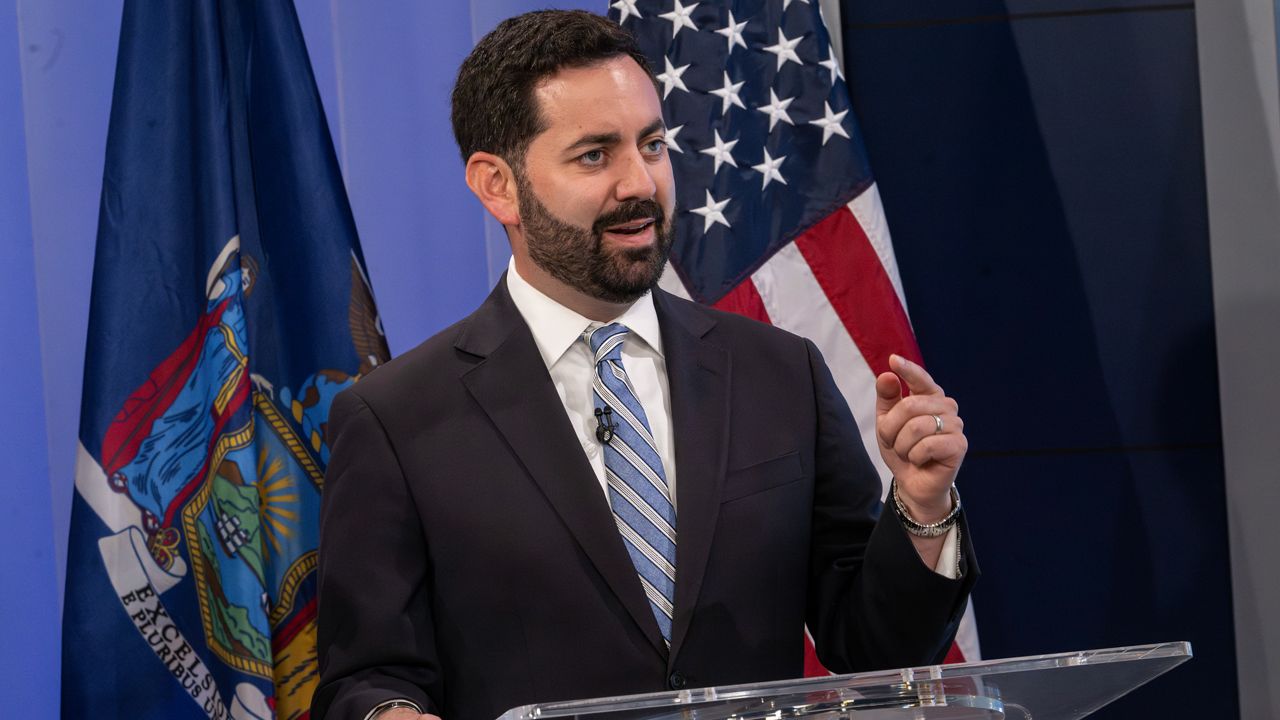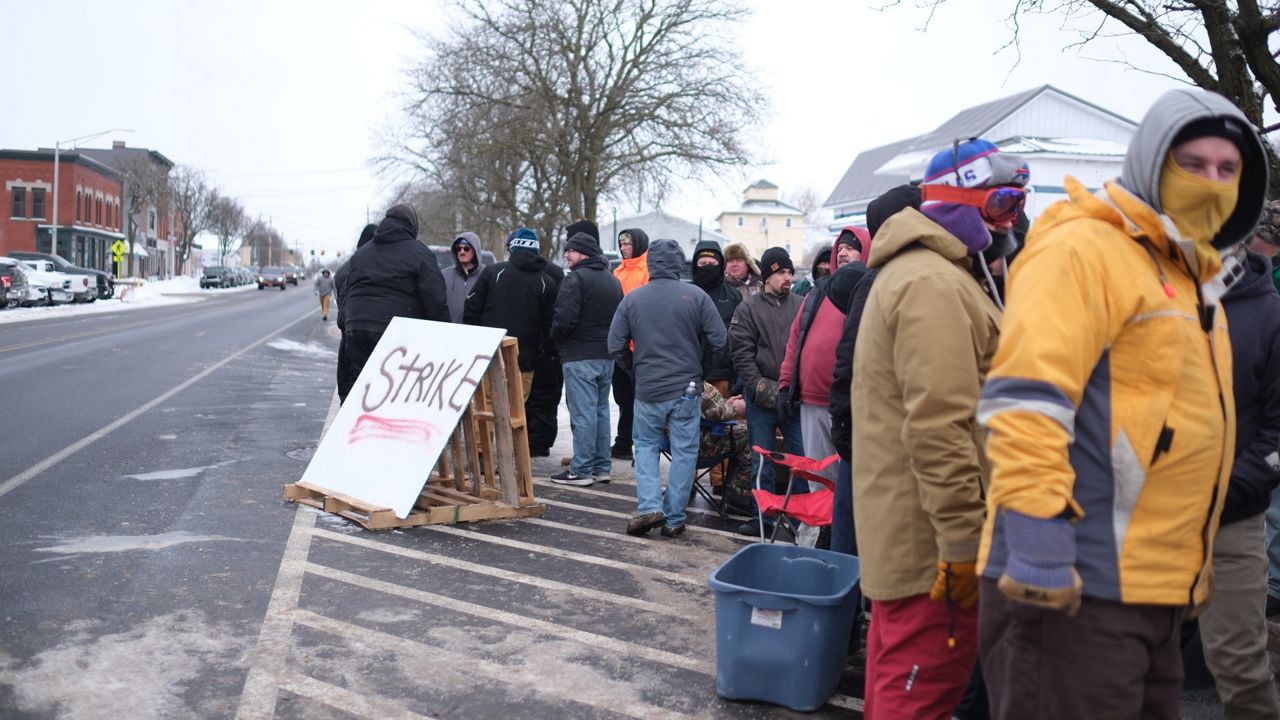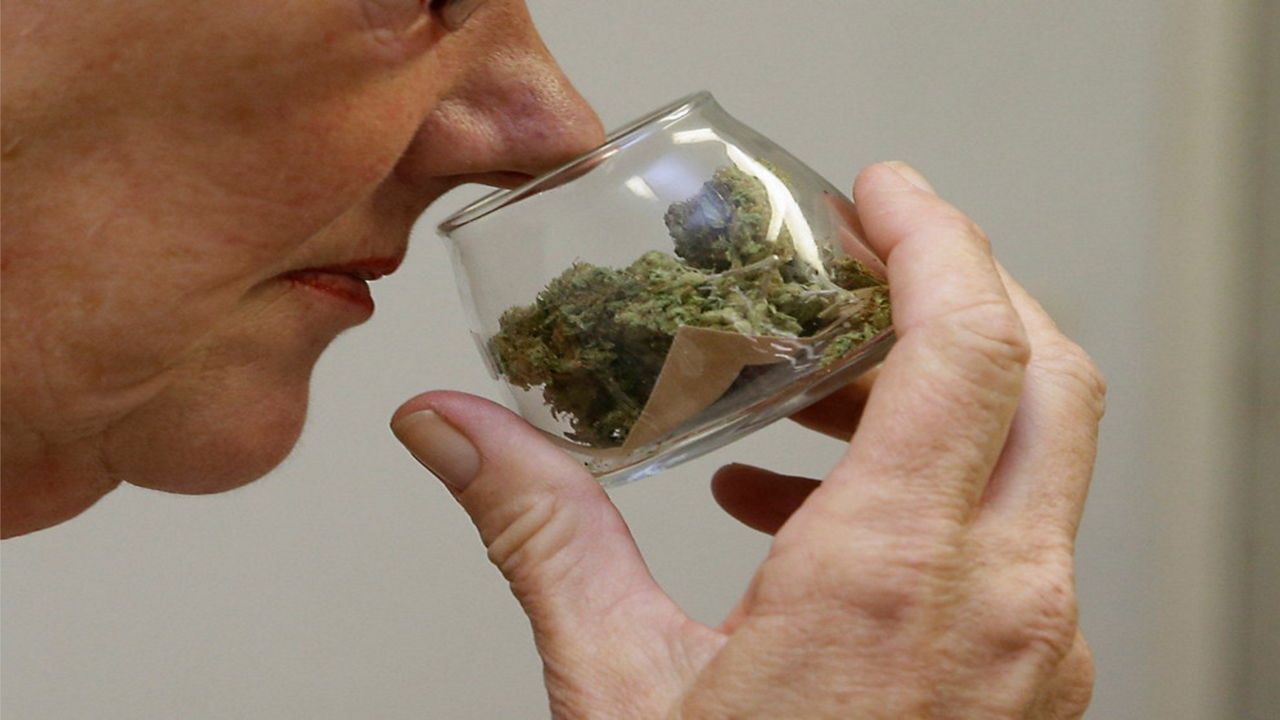Pharmacies have long been a cornerstone of health care in communities across the United States, but the industry is at a crossroads as closures mount and independent pharmacies fight to survive.
Since 2010, one-third of U.S. retail pharmacies have closed, according to a Sedgwick study. These closures have disproportionately impacted low-income communities, leaving many residents without easy access to medications.
“Over 20 or 30 years ago, you could almost see a pharmacy on every street corner,” said Assemblyman John McDonald (D-Cohoes), who is also a pharmacist. “That is disappearing.”
Major chains like CVS, Rite Aid and Walgreens have shuttered hundreds of locations in recent years due to unsustainable reimbursement rates and market pressures. However, independent pharmacies are stepping in to fill the void by offering personalized care and innovative services such as free delivery and medication synchronization.
Kelly’s Pharmacy in Delmar is one such example. Owner Quinn Kelly emphasized the importance of staying local and maintaining face-to-face interactions with patients despite growing competition from mail-order services and large retailers like Amazon.
“We’re hyper-local,” Kelly said. “We live where we operate. And pharmacy is not yet a business that has been perfected to go through the mail or be taken over by Amazon.”
Customers like Noreen Thomas say the personalized care they receive at independent pharmacies is unmatched.
“I’m not just a customer,” Thomas said. “I’m a person that they’re vested in, and they’re really interested in making life easier for us.”
Despite their efforts, independent pharmacies face significant challenges from Pharmacy Benefit Managers (PBMs), which negotiate drug prices between insurers, manufacturers, and pharmacies, but often dictate reimbursement rates that make it difficult for smaller businesses to stay afloat.
“These entities work for employers or insurance plans and dictate the reimbursement of what pharmacies receive,” McDonald explained.
Chris Nolan, a longtime customer of independent pharmacies, echoed these concerns about PBMs’ impact on local businesses.
“Make sure the pharmacy gets reimbursed for the actual cost of medications so they can pay staff and keep their business open," Nolan said.
To adapt, independent pharmacies are embracing innovation by utilizing robotics for efficiency and expanding services such as blister pack medications and vaccines without appointments.
“Although chain closures dominate headlines, the resilience of local pharmacies offers hope,” Kelly said. “Pharmacies are more than just places to pick up prescriptions; they’re lifelines for their communities.”






)




_DNT_911_Air_Quality_Investigation_CLEAN_130267847_2447)